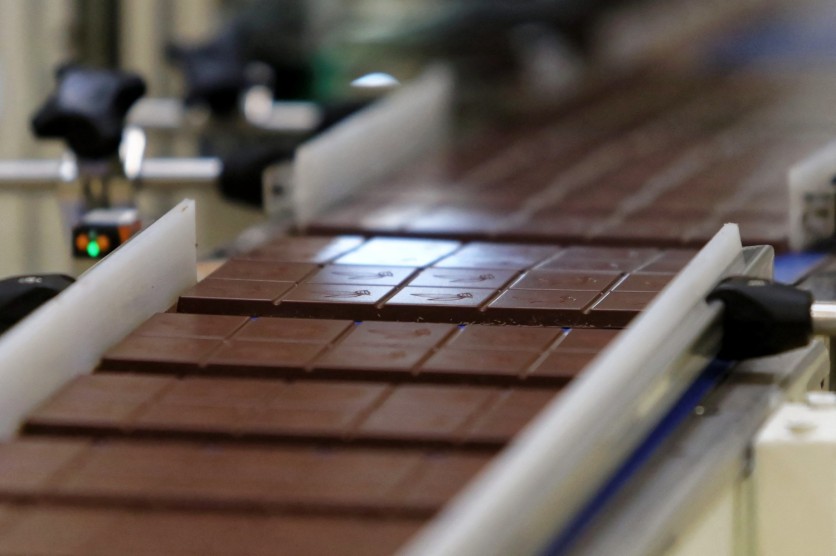The taste of the food is what delights us most, but so is its texture, its mouthfeel, and the sound that it makes when we bite it. A food is more delightful when it triggers all the five senses.
This is what a team of Dutch scientists wanted to replicate through designing the most perfect piece of chocolate that can snap and crackle to increase that "mouthfeel pleasure."

The research team hails all the way from the University of Amsterdam and they consist of physicists and food researchers who experimented with a unique technique through 3D printing chocolates that will possess unique structures and emphasize the good characteristics that is commonly associated with high-quality chocolates.
This was all conducted in the hopes that they may discover ways of modifying how materials fracture and improve how people physically interact with all kinds of matter.
Read Also : Eating Dark Chocolate Has Powerful Health Benefits, Including Memory Improvement And Immunity Boost
Maximizing mouthfeel pleasure
The key goal of the researchers was to replicate metamaterials into edibles. These materials are considered artificial structures that "display unusual and superior properties" and has carefully designed structure rather than composition.
Metamaterials are widespread in the field of science such as electromagnetics and mechanics, and as such as they are very applicable for technological advances and infrastructure development.
However, the researchers wanted to take metamaterials to another level by exploring how they can improve the relationship between humans and materials. Hence, they used chocolate as a model material to create and control its structure.
The first challenge that the researchers had to go through was to ensure that the chocolate was under control since it is a delicate piece when heated and frozen. They had to carefully heat up the chocolates, cool them down, and put them in a 3D printer.
This means that the scientists had freedom to print any kind of shape that they wanted to replicate while ensuring that the base material had all the qualities to maximize mouthfeel pleasure.
The first printed chocolate was S-shaped with many twists, they found out that the breaking properties were heavily dependent on the direction of biting. It particularly provides more cracks when the chocolate is pressed from above the teeth.
The cracklier the better
Most people would take more delight in food when it is crackling down in their mouths, the researchers believed that this was the case so they controlled and designed the shapes of the chocolates to program the most cracks-inducing piece.
They found out that spiral-shaped chocolate materials had "interesting tunable properties."
"Not only does the number of windings directly control the number of cracks when the material is pressed mechanically; the test panel could also clearly distinguish between less and more cracks when eating the chocolates," they wrote on the University of Amsterdam's official website.
They added, "moreover, sound recordings showed that the sound the chocolates makes when being bitten reflects the number of cracks, adding to an enjoyable eating experience."
The Dutch scientists concluded in their paper that edible materials could be designed and finetuned to enhance the mouthfeel sensory experience. With their mathematical model, they were able to program how crack-inducing the chocolate shapes could be.
They hope to pave the way for more studies about human-matter interactions and fracture properties.
Related Article : 3D Printed Meat Is Now Actually Being Served In Several European Restaurants--Should You Buy In?
This article is owned by Tech Times
Written by Joaquin Victor Tacla
ⓒ 2026 TECHTIMES.com All rights reserved. Do not reproduce without permission.




